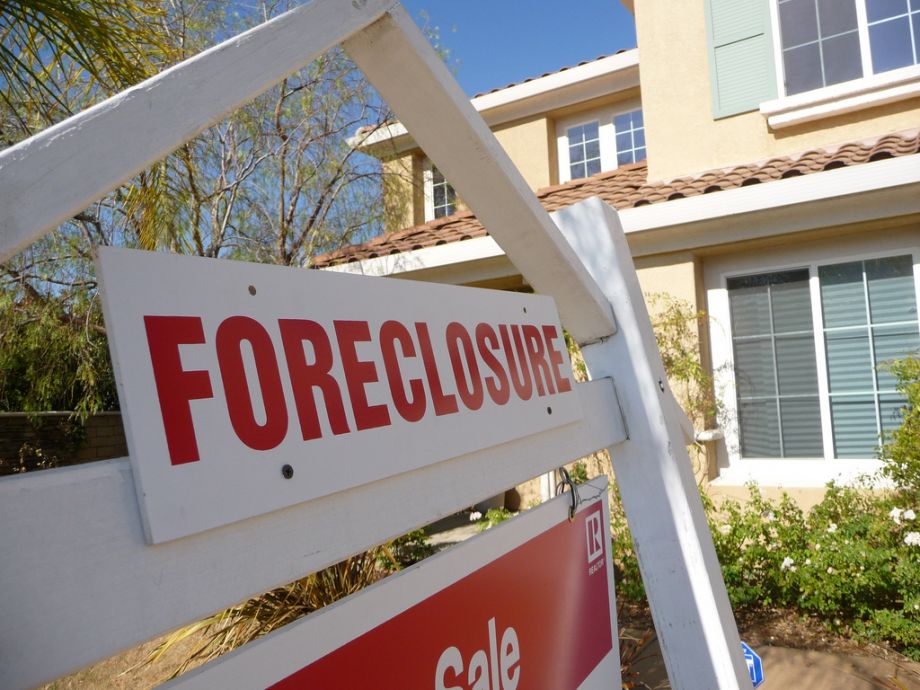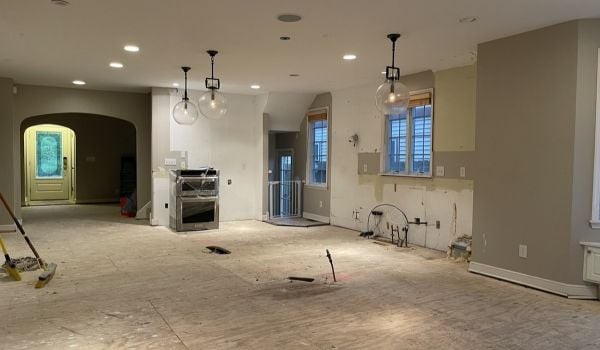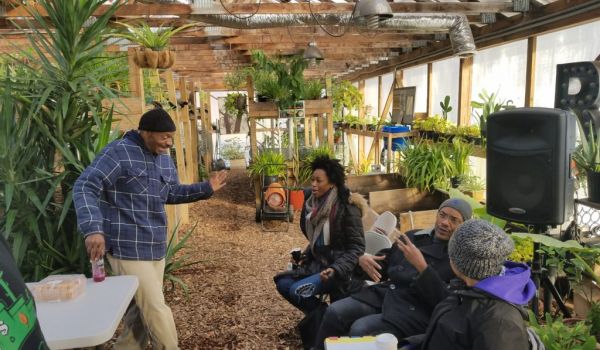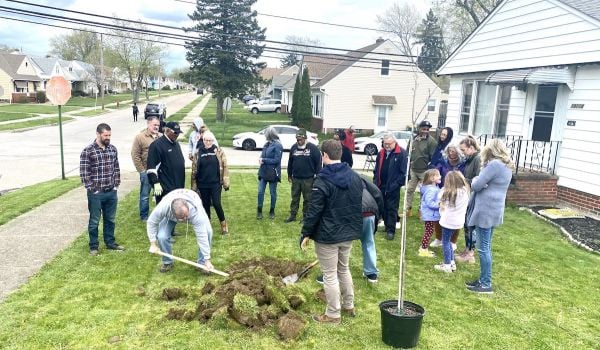This is a companion article to “Cleveland’s Comeback,” a feature article appearing in Issue 26 of NAC, available now. To read the full text of that article, by Marc Lefkowitz, click here.
In July 2008, Living Cities launched the Foreclosure Mitigation Initiative to fund nationwide programming to address the ongoing foreclosure crisis. Their report, “Communities at Risk: How the Foreclosure Crisis Is Damaging Urban Areas and What is Being Done About It” discusses the solutions these programs are implementing in strong, weak and mixed-market areas. The report is unique in that it takes the foreclosure crisis and finds the silver lining, so to speak, by calling for “new models of urban development and sustainability.” The resolutions the report presents, while practical, are also innovative and concrete.
Living Cities is a philanthropic organization dedicated to improving quality of life and the urban environment in low-income communities. Its members – 22 influential foundations and financial institutions – are intricately involved in the projects they fund and are responsible for a $16 billion increase in overall community assets. (Editor’s note: Living Cities provides financial support to Next American City.)
The report certainly acknowledges the devastating effects of foreclosure: Individuals face a loss of personal wealth, damaged individual credit scores and high stress. Communities with clusters of foreclosed properties are plagued by lower property values, visible physical degeneration, and increased crime. Regions are stunted by a weak economic base, which inhibits investment in areas such as infrastructure, education and the environment. But instead of simply describing the scale of the problem, the report presents some solutions.
• The first solution encourages a fair and timely turnover of foreclosed properties. Servicers must agree upon an appropriate property price and carry out a timely exchange of the property to decrease decay and crime. An innovative program that abides by these parameters, The National Community Stabilization Trust, encourages servicers to inform cities and counties of any foreclosed properties so community officials can purchase the properties within ten days of the foreclosure. By buying foreclosed properties immediately, government officials can retain the economic value and safety of neighborhood housing.
• A second solution is to increase the amount of available rental housing. The report stresses that quality rental housing is a viable option for Americans who are not yet qualified to buy homes. Specific agreements between tenants and renters can ensure that both parties are comfortable in a renting situation. Tenants might even take classes akin to “first-time homeowner classes” to sweeten the deal and make renting a “bridge to homeownership.” Renting options might also attract occupants to properties that are hard to sell and subject to physical degradation and crime.
• A third solution concentrates on “uncrunching credit.” Linda Warren of Village Capital Corporation in Cleveland, who is featured in the report, suggests that banks “just go back to sound underwriting.” Local banks might also originate loans on the basis of character, rather than capital. Moreover, Americans can reduce their credit needs by developing lease-purchase plans or community land grants.
• Living Cities encourages developers to cut back on rehab efforts while being certain that properties are “safe, sanitary, and decent.” This means that instead of perfecting one house, servicers should use time and resources to rehab a cluster of houses. Ubiquitous and pleasant – but not necessarily perfect – neighborhood housing attracts individuals to neighborhoods and increases property values. The report also suggests that demolition might be an appealing option for foreclosed housing as communities can clear spaces for creative and communal services – parks, urban farms, or city centers.
• Finally, the report calls for transparency of property data and an openness to new, transformative partnerships. Without accurate data, innovative projects are hard to initiate and complete without unnecessary frustration. New partnerships benefit multiple community groups and acknowledge the the inherent complexity of problems like the foreclosure crisis.
Living Cities encourages communities to approach foreclosure with an open mind. Renting must be publicized as a viable and even intelligent housing option. Entrepreneurial community members might come together and start a community land trust – an alternative approach to affordable housing. Or, residents can pool their time and energy to create a common, useable space out of vacant and deteriorating properties. With the tools and advice available in the Living Cities Report, community development after foreclosure seems just a bit less daunting.



__Sean_Corrigan_from_Cleveland_Sews_(center)__and_Paula_Coggins_from_Oh_Sew_Powerful_(right)_sew_leftover_banners_from_the_NFL_Draft_into_handbags_-_photo_by_Sophie_Kannberg_600_350_80_s_c1.jpeg)












